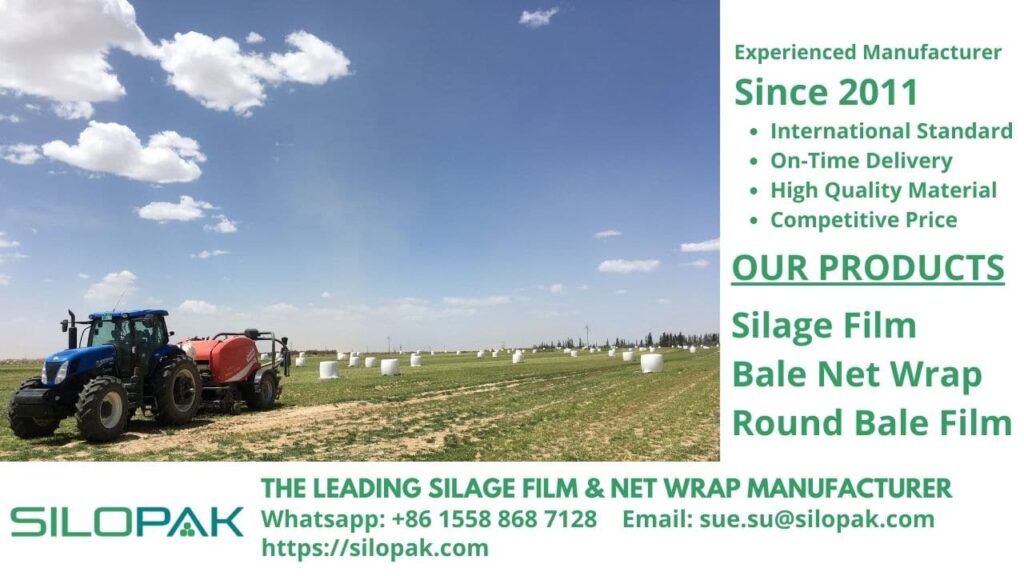
This piece is written for when somehow you get roped into a conversation that involves a subject of legume crops. Sure, it’s not every day someone gets asked what they known about this topic, but better be safe than losing a chance to offer your two cents, right? However, to better understand this subject, we should begin by breaking down the term based on its constituting words.
contents
What are Crops?
First, let’s tackle the matter of what crops are. Simply put, a crop is a type of plant that is grown to be subsequently harvested for subsistence or profit. The word crop may be used to refer to either plant parts that have been harvested or to a more refined state of the harvest itself. When used in its wider definition, the term may encompass things like seaweed or mushrooms.
A good chunk of harvested crops is dedicated to human consumption. A large section of it may go toward feeding livestock, including the previously mentioned legume crops. Examples of important crops include rice, wheat, sugarcane, corn, soybean, potatoes, cassava, sunflower seeds, mustard, sorghum, millet, groundnuts, beans, sweet potatoes, bananas, and yams.
What Is a Legume?
“Legumes” is a word that is used to refer to a type of plant in the Fabaceae or Leguminosae family. The word can also mean specifically those plants’ seeds or fruit. A pulse is what you call a dried legume seed. Popular legumes that are used in a variety of ways by humans include beans, clover, alfalfa, tamarind, carob, mesquite, lupins, lentils, peanuts, chickpeas, peas, and soybeans.
The fruit of a legume is unique in the botanical sense. It is dry and develops from a simple carpel. It also typically opens on two sides. Legumes have been an agriculturally important part of human life. Usually, legume crops are used as a source of food for humans but they can also play a part in feeding livestock and improvement of soil conditions. The ability of legume plants to fix poor soil can be attributed to a symbiosis that exists in their root nodules where bacteria capable of fixing nitrogen content dwell.
Legume Crops as Forage
Judging by the above overviews, it is now easy to fully have a grasp on what legume crops are. It is safe to assume that the term refers to plants of the legume family that are specifically grown for-profit and for a wide variety of other purposes. But here, we are going to delve deeper into how these plants can be beneficial for livestock and animal husbandry as a major industry sector.
When applied to their use for feeding animals on a farm, legume crops can be divided into two large forage legume groups:
- Some legumes such as alfalfa can be planted in pasture for livestock to forage upon.
- Some others are of woody shrub or tree variety. These plants will be taken apart by grazing animals, or humans will cut them down to be processed into livestock feed.
In a lot of ways, legumes are way more advantageous for the animals compared to regular grass. Legumes are way tastier for the animal to eat, leading to improved appetite. The animals can also digest these plants a lot faster.
Some farmers choose to plant legume crops, especially those of tree variety, along the edges of their fields so cattle can stay under their shade during a hot day. The tree’s leaves and bark are also favorite things for the cattle to chew on.
Legume Crops: Pests and Diseases
As much as they are valuable, legume crops aren’t prone to pests and diseases, like all other plants aren’t. There is a wide array of risks posed to legumes to a varying degree based on the territory they are grown over.
Legume planted in both tropical and subtropical regions of Asia, Africa, Australia, and Oceania is at risk of getting preyed upon by bean flies. These flies are small in size but don’t let them deceive you as they possess the unimaginable destructive ability. Legumes might have been infested by these flies since their germination stage. Another culprit of legume destruction is black bean aphids. Both pea weevil and bean weevil are capable of destroying the margins of a leaf. There are also stem nematodes to be aware of.
Need more trivia bits for you to own the discussion about legumes? Hit us at Silopak with any questions, and we’ll be more than happy to assist you.
